Digital Fluency – Definition, Examples, Components, & Importance
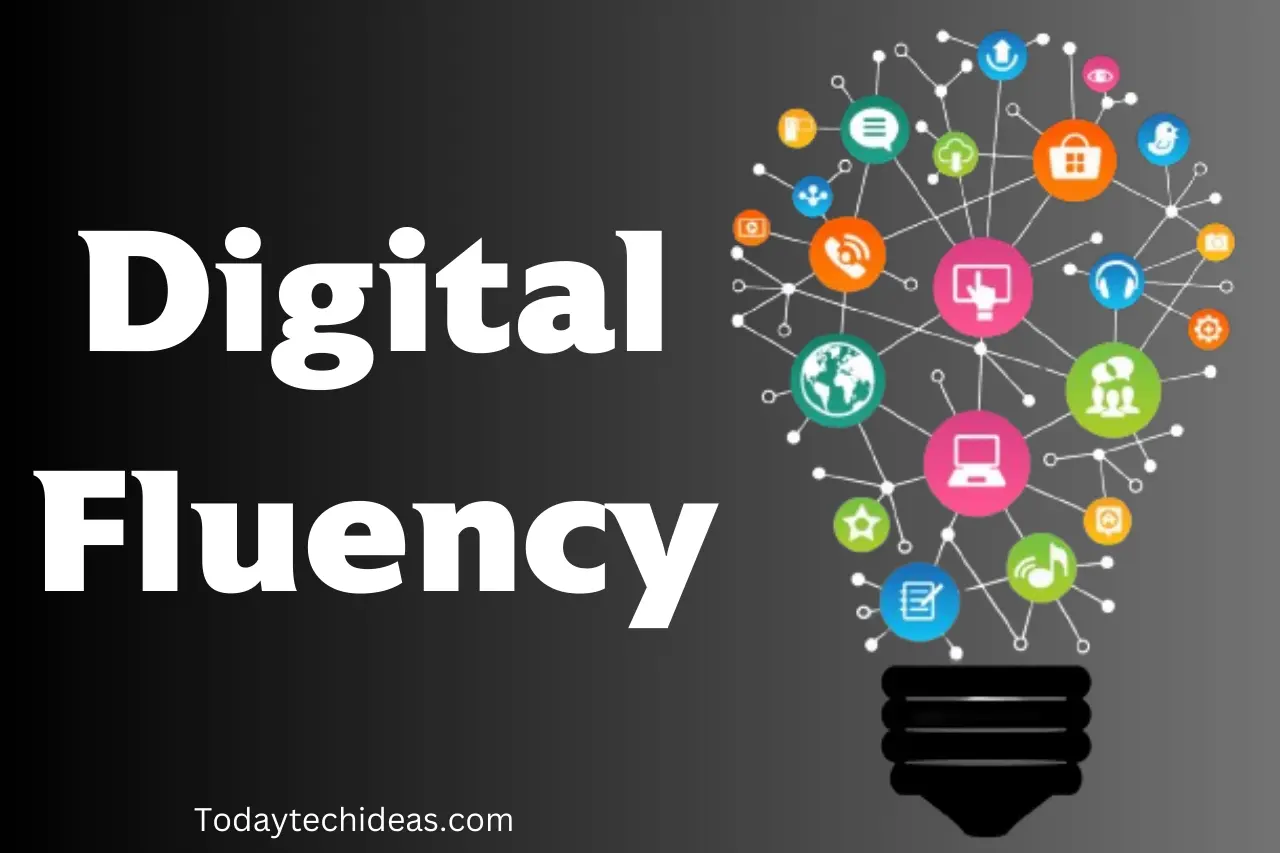
Fundamentally, Digital Fluency is the capacity to explore, evaluate, and utilize technology and information in the perfect manner and efficiently. As far as fluency is concerned in the workplace, it means enhancing daily responsibilities and workflows by using various digital tools.
Most people in technology fields mostly correlate digital literacy with fluency, but they’re both opposite terms, so without further ado, we would like to make this clear. Fluency goes beyond just knowing how to use tools; it’s about having a profound and thorough grasp of learning new technologies and applying them effectively to accomplish specific objectives or tackle challenges.
Moreover, we’ll discuss both the terms in this article, along with its components, examples, skills, and others. Hence, we also recommend you stay with us to learn about this term to make your concepts vivid, so let’s get started!
What’s Digital Fluency Meaning? Definition
Digital fluency encompasses the skill to effectively and ethically explore, assess, and utilize information and technology. Basically, Fluency comes from the idea of ‘flow.’ When we talk about being ‘fluent’ in any situation, it means being adaptable, precise, effective, and suitable.
In simple terms, it’s about using skills, language, and speech effortlessly and naturally. But in the context of digital learning, fluency means employing technology effortlessly and purposefully for learning, work, and recreation. It’s about integrating technology into education to enhance results for every student.
Importance of Digital Fluency
Everyone should be fluent in his digital fields, because acquiring any job in the technology era, without fluency it’s impossible. It’s also important for students to learn new and advanced things in their fields. The more anyone will be fluent in his field, the more he’ll excel in his field. Fluency also fosters digital innovation, because those who are digitally fluent can leverage technology to solve problems, create new solutions, and contribute to advancements in various fields.
What are the Three Components of Digital Fluency?
Here are some components:
1. Technical Proficiency
This refers to the practical ability to use digital tools and technologies effectively. It includes:
- Operating devices and software
Knowing how to navigate interfaces, troubleshoot basic issues, and use common functions.
- Creating and consuming content
Understanding text formats, image editing, basic coding, and using communication platforms.
- Finding and evaluating information
Accessing reliable sources, critically analyzing information, and practicing responsible online research.
2. Digital Literacy
This focuses on cognitive and critical thinking skills within the digital context. It encompasses:
- Problem-solving and decision-making
Applying technology to solve problems, analyzing data, and making informed choices.
- Communication and Collaboration
Communicating effectively online, interacting with diverse communities, and fostering collaboration.
- Critical thinking and information literacy
Evaluating information sources, identifying bias, and understanding the impact of technology on society.
3. Digital Identity and Citizenship
This involves how we present ourselves and interact with others online. It includes:
- Building and managing an online presence
Crafting a positive and authentic online persona, protecting privacy, and managing one’s reputation.
- Respectful and ethical online behavior
Understanding cyberbullying, copyright, and online etiquette, and engaging in responsible online interactions.
- Social awareness and participation
Using technology to connect with others, engage in civic discourse, and promote positive change.
What are 5 Digital Fluency Skills?
Information Literacy
The ability to critically evaluate and analyze digital information for credibility, relevance, and reliability. With vast amounts of information available online, being able to discern trustworthy sources and assess the quality of information is crucial for making informed decisions.
Communication Proficiency
The capacity to express ideas and information clearly and effectively through digital mediums, such as email, social media, and online collaboration tools. In a digitally connected world, effective communication skills are essential for professional and personal interactions, as well as for collaborating on projects and engaging with online communities.
Technical Competence
Proficiency in using digital devices, software applications, and online platforms for various purposes. A foundational skill, technical competence ensures individuals can navigate and leverage the tools necessary for work, education, and personal tasks in the digital realm.
Cybersecurity Awareness
Understanding and implementing measures to protect personal and digital information from cyber threats. As the frequency and sophistication of cyber-attacks increase, being aware of cybersecurity best practices is crucial for safeguarding one’s digital identity, privacy, and online assets.
Critical Thinking in a Digital Context
Applying analytical thinking to assess the impact of digital technologies on various aspects of life and society. Critical thinking skills enable individuals to navigate the ethical, social, and cultural implications of technology, fostering responsible and mindful engagement in the digital space.
Digital Literacy VS Fluency
Digital literacy is like learning the alphabet: it equips you with the basic skills to read, write, and navigate the digital world. You can send emails, use search engines, and access information. It’s the foundation for further exploration.
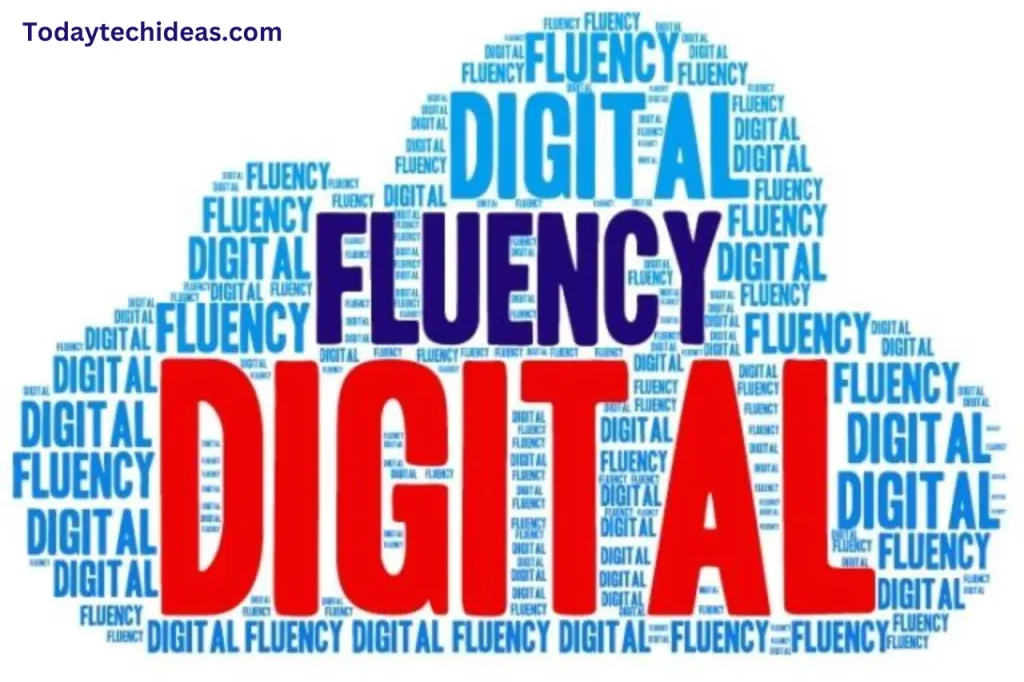
While fluency is like becoming a master storyteller: it builds on literacy to develop critical thinking, creativity, and problem-solving skills in a digital context. You can analyze information, create content, and use technology to innovate and collaborate effectively. It’s about understanding the impact of technology and using it responsibly.
Think of digital literacy as the tools, and fluency as the ability to use them to build something meaningful. Both are crucial for success in today’s world, but fluency pushes you beyond the basics to truly thrive in the digital age.
FAQs
Final Words
As you know, digital Fluency is the capacity to explore, evaluate, and utilize technology and information in the perfect manner and efficiently. So, by adapting this, everyone can rightly use technologies in this digital world. In addition, we’ve compiled a comprehensive guide in this article, hence you must read this complete guide to know about the term fluency in the digital world.
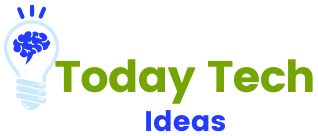
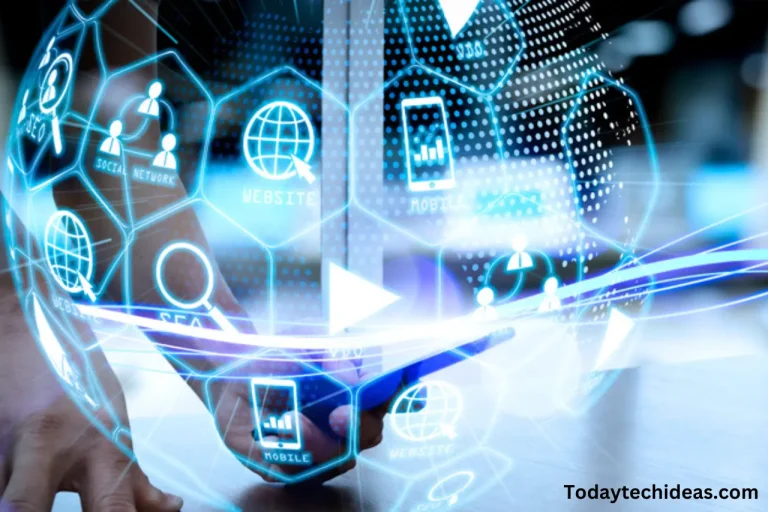



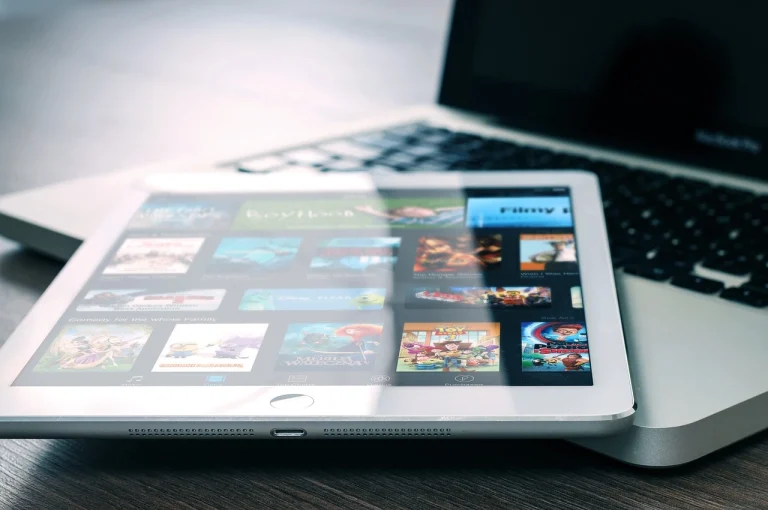

One Comment